-
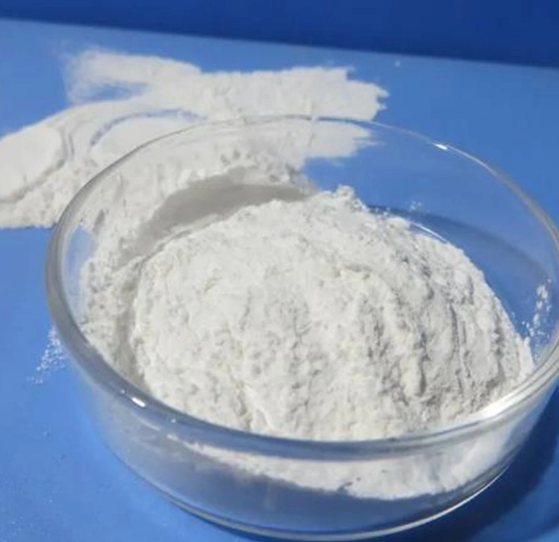
MOPS CAS:1132-61-2 Manufacturer Price
MOPS, or 3-(N-morpholino)propanesulfonic acid, is a zwitterionic buffering agent commonly used in biological and biochemical research. It is primarily employed to maintain a stable pH in the range of 6.5 to 7.9. MOPS is widely used in cell culture, molecular biology techniques, protein analysis, enzyme reactions, and electrophoresis. Its main function is to regulate and stabilize the pH of experimental solutions, ensuring optimal conditions for various biological processes. MOPS is a valuable tool in scientific research for maintaining a consistent and optimal pH environment in a range of applications.
-

Tris Base CAS:77-86-1 Manufacturer Price
Tris Base, also known as Tromethamine or THAM, is an organic compound commonly used in the field of biochemistry and molecular biology. It is a white, crystalline powder that is highly soluble in water and has a characteristic amine odor. Tris Base is often used as a buffering agent to maintain a stable pH in various biological experiments and procedures, such as DNA and protein studies. It can also be used in the formulation of pharmaceuticals and in the production of surface-active agents. Overall, Tris Base is an essential component in many laboratory applications where maintaining a precise pH is crucial.
-

4-Morpholineethanesulfonic acid CAS:4432-31-9
4-Morpholineethanesulfonic acid, commonly known as MES, is a zwitterionic compound that serves as a buffering agent in biological and biochemical research. It helps maintain a stable pH around 6-7.5 and is widely used due to its low toxicity and compatibility with various biological systems and enzymes. MES is used in electrophoresis, enzyme studies, cell culture, protein purification, and other experimental procedures requiring precise pH control.
-

4-NITROPHENYL-ALPHA-D-MANNOPYRANOSIDE CAS:10357-27-4
4-Nitrophenyl-alpha-D-mannopyranoside is a chemical compound derived from the sugar mannose. It consists of a mannose molecule attached to a nitrophenyl group. This compound is often used in biological and biochemical research as a substrate for the detection and measurement of enzyme activity. Specifically, it can be used to study the activity of enzymes that hydrolyze or modify mannose-containing substrates. The nitrophenyl group attached to the mannose molecule allows for the measurement of enzyme activity by monitoring the release of the nitrophenyl moiety. This compound is commonly used in assays to study enzymes involved in carbohydrate metabolism or glycosylation processes.
-

P-NITROPHENYL BETA-D-LACTOPYRANOSIDE CAS:4419-94-7
P-Nitrophenyl beta-D-lactopyranoside, also known as PNPG, is a compound often used in enzymatic assays to measure the activity of beta-galactosidase, an enzyme involved in carbohydrate metabolism. PNPG is a synthetic substrate that can be cleaved by beta-galactosidase, resulting in the release of a yellow-colored product. The extent of substrate hydrolysis can be quantified spectrophotometrically by measuring the absorbance of the product at a specific wavelength. This allows researchers to assess the activity and kinetics of beta-galactosidase in various contexts, such as studying enzyme function, screening for enzyme inhibitors or activators, or evaluating the effects of mutations on enzyme activity.
-

2-NAPHTHYL-BETA-D-GALACTOPYRANOSIDE CAS:312693-81-5
2-NAPHTHYL-BETA-D-GALACTOPYRANOSIDE is a chemical compound commonly used in biochemical research and analysis. It is a derivative of galactose, a type of sugar. The compound is often used as a substrate for detecting the activity of beta-galactosidase, an enzyme present in many organisms, including bacteria.When beta-galactosidase is present, it cleaves 2-NAPHTHYL-BETA-D-GALACTOPYRANOSIDE into naphthol and galactose. The resulting naphthol molecule can be easily detected by its absorption of ultraviolet light, allowing scientists to measure the activity of beta-galactosidase. This assay is commonly used in molecular biology and genetics research, for applications such as studying gene regulation, protein expression, and cell viability.
-
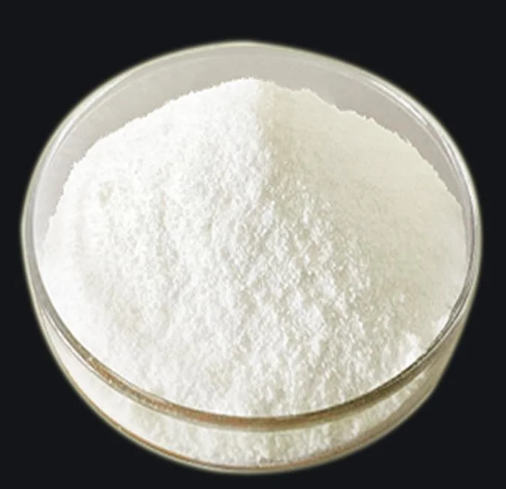
MOPSO sodium salt CAS:79803-73-9
MOPSO sodium salt is a chemical compound derived from MOPS (3-(N-morpholino)propanesulfonic acid). It is a zwitterionic buffer salt, meaning it contains both a positive and negative charge, which allows it to effectively maintain pH stability in various biological and biochemical experiments.
The sodium salt form of MOPSO offers advantages such as improved solubility in aqueous solutions, making it easier to handle and prepare. It is commonly used as a buffering agent in cell culture media, molecular biology techniques, protein analysis, and enzyme reactions.
MOPSO sodium salt helps maintain the pH of growth medium in cell culture, providing a stable environment for cell growth and function. In molecular biology techniques, it stabilizes the pH of reaction mixtures and running buffers, ensuring accurate and reliable results in DNA and RNA isolation, PCR, and gel electrophoresis.
It is also utilized in protein analysis, acting as a buffering agent during protein purification, quantification, and electrophoresis. MOPSO sodium salt ensures optimal pH conditions for protein stability and activity throughout these procedures.
-
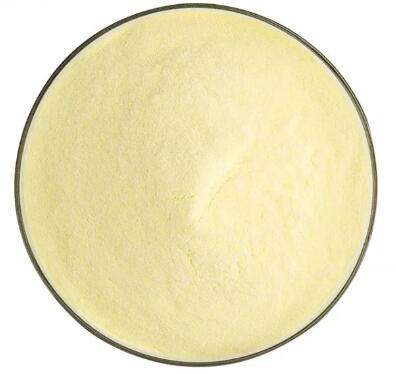
2-NITROPHENYL-BETA-D-GLUCOPYRANOSIDE CAS:2816-24-2
2-Nitrophenyl-beta-D-glucopyranoside is a chemical compound consisting of a glucopyranoside molecule attached to a nitrophenyl group. It is commonly used as a substrate in enzymatic assays to detect and quantify the activity of enzymes such as beta-glucosidase. The nitrophenyl group can be cleaved by the enzyme, resulting in the release of a yellow-colored product that can be measured spectrophotometrically. This compound is particularly useful in studying enzyme kinetics and high-throughput screening of enzyme inhibitors or activators. It is also employed in biochemical research for the investigation of carbohydrate metabolism and as a glycosidic-linkage-specific substrate.
-
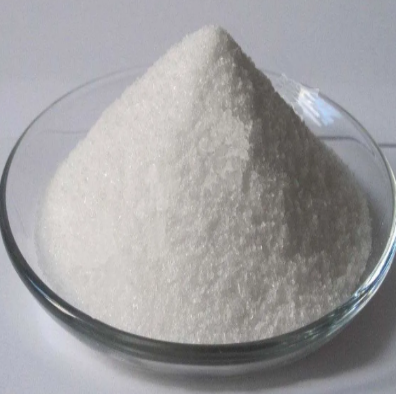
METHYL Beta-D-GLUCOPYRANOSIDE HEMIHYDRATE CAS:7000-27-3
Methyl beta-D-glucopyranoside hemihydrate is a chemical compound that belongs to the class of glucopyranosides. It is a white crystalline powder that is soluble in water. This compound is commonly used as a carbohydrate source in cell culture media and a substrate for enzymatic reactions in biochemical and biotechnological research. It can serve as a model compound to study carbohydrate metabolism, transport, and utilization in various biological systems. Methyl beta-D-glucopyranoside hemihydrate finds applications in the field of glycobiology, enzymology, and drug development, where it is utilized as a tool compound for various assays and experiments.
-
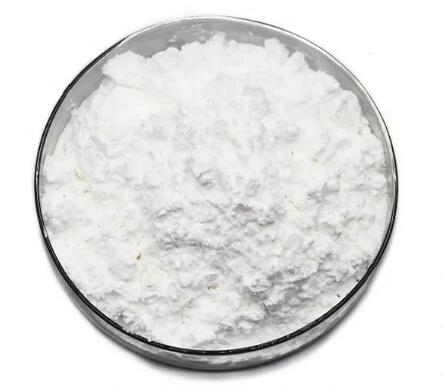
AMPSO CAS:68399-79-1 Manufacturer Price
AMPSO, or 3-[(1,1-dimethyl-2-hydroxyethyl)amino]-2-hydroxypropanesulfonic acid, is a zwitterionic buffer commonly used in biological and biochemical research. It has a pKa value of around 7.9, making it suitable for maintaining stable pH conditions in a variety of experimental settings.AMPSO is often utilized in cell culture media, protein purification, enzyme assays, electrophoresis gels, and DNA sequencing. It helps maintain the desired pH range, ensuring optimal conditions for cell growth, protein stability, enzyme activity, and accurate separation and analysis of biomolecules.With its ability to resist pH changes caused by addition of acids or bases, AMPSO is a valuable tool in maintaining precise pH control in a range of biological and biochemical experiments.
-

Bis-tris hydrochloride CAS:124763-51-5
Bis-tris hydrochloride is a compound with buffering properties commonly used in biochemical and biological experiments. It helps maintain a stable pH and is utilized in protein electrophoresis, enzyme activity assays, cell culture, and pharmaceutical formulations. Its main function is to resist changes in pH when acids or bases are added to a solution, making it an essential tool in various scientific and industrial applications.
-

Desvenlafaxine Succinate CAS:386750-22-7
Desvenlafaxine Succinate is a dual serotonin and norepinephrine reuptake inhibitor (SNRI) that was approved for the treatment of major depressive disorder (MDD) in the United States in 2008. In order to improve the efficacy and safety profile of venlafaxine, Wyeth discovered and developed one of the major metabolites of venlafaxine, namely the O-desmethyl metabolite (desvenlafaxine).

